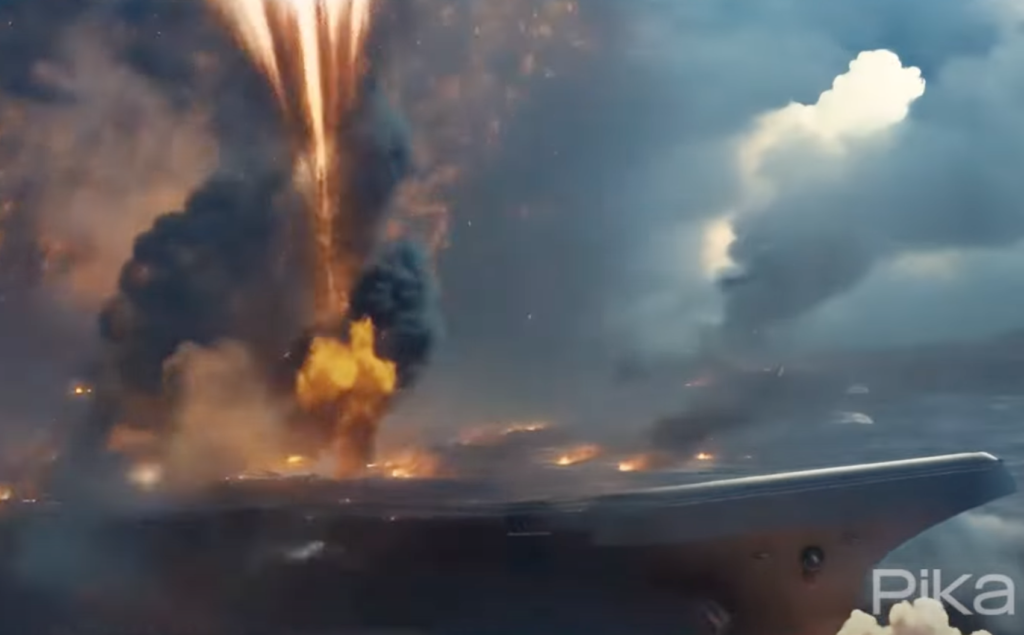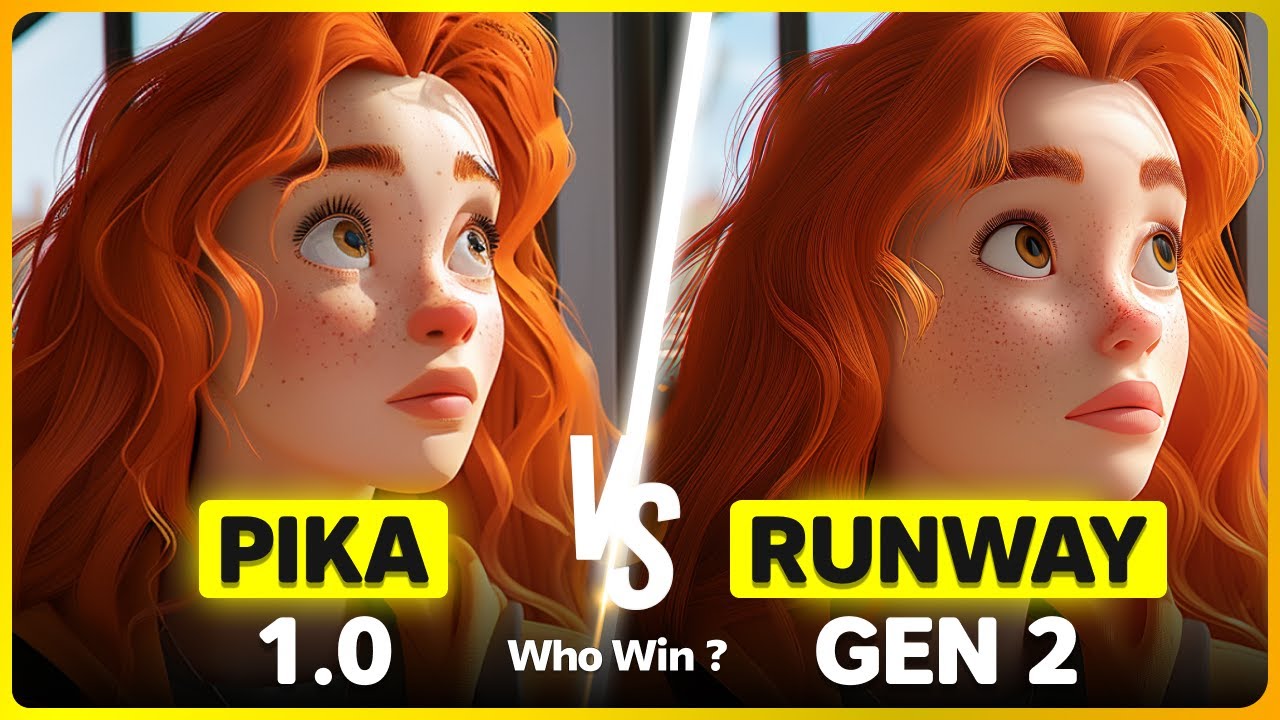PikaLabs and RunwayML are two major giants in the AI article generation industry. With the latest induction of Pika 1.0, the competition between them has dramatically changed. You have seen many articles talking about the comparison between Pika vs Runway, but you will learn lots of new things that you will not find in any of these tutorials. So, watch till the end to get the maximum out of it.
Admittedly, the concept of transforming images into articles is more accurate than the text prompting. Each promises to bridge the gap between still imagery and dynamic storytelling. In this tutorial, we will stick to their image-to-article feature only.
Compare: Pika AI vs Runway AI
We begin our exploration with a foundational test, animating a reference image without any specific prompts or adjustments. The goal is to observe the raw animation effectiveness of both PikaLabs and Runway Gen-2 AI article generators.

Starting with Runway Gen 2, it captivates with its subtle and gradual camera movements and lifelike human motion. Look at Joker’s shirt and jacket wrinkles; they seem much more realistic. Though it has a very subtle movement, it seems a realistic one. The best part is, it keeps the facial expressions like we have in the image.

Pika, on the other hand, starts with subtle but instantly introduces dynamic movements that disturb the cosmetic appearance of the subject, Harley Quinn in this case. While earnest to much dynamic movement disturbs the results one might hope for in human animation, both platforms did a good job.

However, Runway Gen-2 has produced far better results than Pika 1.0, which resulted in some distortion. Runway Gen-2 seems to win this battle with a fair margin.
Advanced Animation Test
Before going towards advanced animation, a notable difference emerges in the duration of the animations. Runway extends to 4 seconds, surpassing PikaLabs bound to 3 seconds. Secondly, Runway Gen-2 allows us to customize our animation with all these camera controls that help to customize the motion intensity according to our needs. On the other hand, Pika also equips you with camera controls but without controlling the intensity of that particular motion. In my opinion, Pika needs to revisit this feature and bring more interactivity. Runway again gets the lead in this competition.

Keep watching as you will witness what I did wrong that destroyed this aircraft carrier animation completely. Shifting gears to a sailing ship caught in the grip of the sea’s most ferocious tornado scene, PikaLabs skillfully brings to life the undulating waves with the ship bobbing convincingly, mirroring the physics of the sea. Although the ship seems to go backward due to the zoom out and panning right camera motion, however, it can be adjusted with a negative prompt.

Runway’s generated animation, while incorporating subtle camera movements with slow motion, falls short in capturing the sea’s dynamic essence. Though it too introduces an unexpected luminance towards the conclusion. In addition to this, I tested the limitation of both tools with this aircraft carrier that is destroyed by the enemy.
PikaLabs again did a spectacular job with the destruction of the subject. It also incorporated some explosion, fire, and smoke, exactly what I asked it to show. However, Runway Gen 2 once again failed to incorporate the directions I asked to do. Runway adopted cinematography fairly well, but the deformation of the carrier has destroyed the whole animation. Do not skip, as I will show you how you can change results from this to this sort of smooth animation, so keep watching till the end.
Video Duration
Pika has struck back and grabbed this round from Runway Gen 2. Moreover, for free users, Runway gives you 125 credits while exploring, whereas it consumes four per generation. Runway’s arsenal is equipped with the unique feature of extending animations up to 16 seconds, along with all of these free features. Pika does have a 4-second extend animation feature as well, but it only offers 30 initial credits along with a 30 per day refill option. Compared to Runway Gen 2, Pika consumes 10 credits per generation.
Test #2
Our journey continued with a young man navigating his way through a quiet street under the canopy of autumn’s pathway.

Each scene tests the limits of these tools in their unique ways. Pika gets the lead in order to create dynamic results to diversify the animation, whether it was the sailing boat, 1992 sci-fi movie shots, solely animation clips, or the warship destruction. Both tools had their moments of triumph and shortcomings, revealing the intricate balance between control and quality.
In another scenario, I tried to animate a beautiful girl on a bus who stares at traffic passing by a bus window. Pika and Runway both follow the instructions mentioned in the text prompt.

The only difference, Pika allows the world outside the window to move with dynamic motions, while Runway focuses on the subtle movements and additionally introduces a realistic yet captivating sunlight reflection. While watching the results, I picked Runway for this round due to the subtle, impressive, and realistic approach to animation.
Conclusion
By tweaking your prompt instruction in more effective ways, you can enhance results like this. Both tools put impressive effort into bringing clearer and more accurate results. Pika offers much more control over animation with its text prompting feature, whereas Runway is more powerful in creating subtle and more human-like animations. As a result, Runway got the title in this AI article generation battle.
Read related articles:

